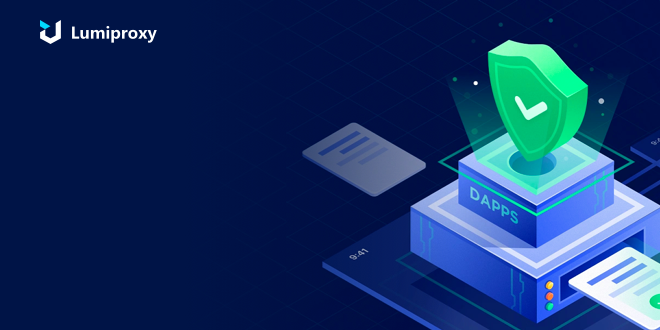Kehr zurück in den blog.

When it comes to using proxies for online activities, two terms that often come up are sticky proxies and rotating proxies. Understanding the difference between these two types of proxies can help you make an informed decision about which one to use for your specific needs.
Sticky proxies, also known as sticky residential proxies, are IP addresses that remain static and do not change for a set period of time. This means that when you use a sticky proxy, you will consistently appear to be coming from the same IP address, which can be beneficial for certain tasks such as web scraping, social media management, and market research. Sticky proxies are often used when you need to maintain a consistent online identity and access websites that may block frequent IP changes.
On the other hand, rotating proxies, as the name suggests, are IP addresses that change at regular intervals. This can be every few minutes, hours, or days, depending on the proxy provider. Rotating proxies are useful for tasks that require a high level of anonymity and frequent IP changes, such as ad verification, price scraping, and data mining. By constantly changing your IP address, rotating proxies make it difficult for websites to track and block your online activities.
In summary, the main difference between sticky and rotating proxies lies in the stability of the IP address. Sticky proxies offer a consistent IP address for a period of time, while rotating proxies provide frequent IP changes for enhanced anonymity. Depending on your specific online activities, you can choose the type of proxy that best suits your needs and helps you achieve your goals.
Understanding the Difference Between Sticky and Rotating Proxies
2025-04-03 04:20

When it comes to using proxies for online activities, two terms that often come up are sticky proxies and rotating proxies. Understanding the difference between these two types of proxies can help you make an informed decision about which one to use for your specific needs.
Sticky proxies, also known as sticky residential proxies, are IP addresses that remain static and do not change for a set period of time. This means that when you use a sticky proxy, you will consistently appear to be coming from the same IP address, which can be beneficial for certain tasks such as web scraping, social media management, and market research. Sticky proxies are often used when you need to maintain a consistent online identity and access websites that may block frequent IP changes.
On the other hand, rotating proxies, as the name suggests, are IP addresses that change at regular intervals. This can be every few minutes, hours, or days, depending on the proxy provider. Rotating proxies are useful for tasks that require a high level of anonymity and frequent IP changes, such as ad verification, price scraping, and data mining. By constantly changing your IP address, rotating proxies make it difficult for websites to track and block your online activities.
In summary, the main difference between sticky and rotating proxies lies in the stability of the IP address. Sticky proxies offer a consistent IP address for a period of time, while rotating proxies provide frequent IP changes for enhanced anonymity. Depending on your specific online activities, you can choose the type of proxy that best suits your needs and helps you achieve your goals.
Ein artikel über mein leben.

All You Need to Know About Residential Proxies
All You Need to Know About Residential Proxies
2023-12-16 04:00

What is Socks5 Proxy Why You Need It Benefits of Security Stability and Anonymity
What is Socks5 Proxy Why You Need It Benefits of Security Stability and Anonymity
2023-12-16 04:00

Luminati SEO Article Guide Benefits Installation Configuration and Responsible Usage
Luminati SEO Article Guide Benefits Installation Configuration and Responsible Usage
2023-12-16 04:00

Mobile Proxy Benefits Security Stability Anonymity Provider Reputation Installation Configuration Usage Monitoring
Mobile Proxy Benefits Security Stability Anonymity Provider Reputation Installation Configuration Usage Monitoring
2023-12-16 04:00




















 Deutsch
Deutsch